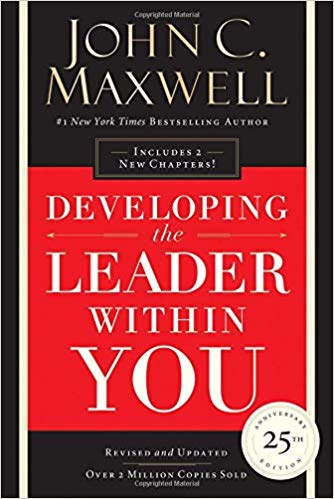
So then, do not worry about tomorrow, for tomorrow will worry about itself. Today has enough trouble of its own. – Matthew 6:34 (NET)
If you are at all familiar with the Enneagram, I am a type 7 – the entertaining optimist. Seven’s enjoy having variety and multiple choices to choose from. They do not like to be limited, restricted, or bored. They may be well rounded, affirming, and generous, or at their worst, they can be self-focused, an escapist, and have an insatiable appetite for excitement.
I make no apologies for being a seven. It’s who I am and I like it. I am very comfortable in my own skin. I like my adventurous lifestyle and all my worldwide travels. It’s been a heck of a ride so far.
The core fear of us type seven’s is being deprived, trapped in emotional pain, limited or bored, and missing out of something fun. And to this point, I get it. Click here to learn more about the enneagram.
This fear was put to the test not long ago when my wife and I joined up with a few other family members and took a cruise to Bermuda. Admittedly, I am the type who would rather just get on a plane, fly there, and spend my days on Bermuda as opposed to being trapped on a boat getting there.
For me, a cruise ship or an airplane is just a means to an end -the real adventure is being there! All I could envision on the ship was all the things I was missing out on on the island. I was a seven in distress!
But this recent experience reminded me of something very important. There’s a big difference between being there and being in the moment.
As a seven who likes adventure, I like being there – the doing, seeing and exploring, snorkeling, etc.
But there’s great power of allowing yourself to just be in the moment.
Regardless of your enneagram type (or DISC, Myers-Briggs, etc.), being in the moment is an essential quality that benefits you both personally and professionally. As a leader, here are a few reasons why it’s so important.
Being in the moment gives you perspective
When you allow yourself to be in the moment, you can slow down the pace and take in where you are, where you’ve been, and where you are going. It gives you time to process life and put it all in perspective. A busy life with no context, meaning, or purpose is not much more than a rat race. Click To Tweet There is a greater meaning and purpose to your life and it’s by being in the moment that you will discover it.
Being in the moment gives you the advantage of not making ill-timed decisions
If you are making fly-by-the seat-of-your-pants decisions, then you run the risk of making decisions that reflect it. It just makes you look undisciplined and careless. Being fully engaged in the moment forces you to be deliberate and intentional about today. Five years from now will take care of itself so never underestimate the power and necessity of the moment you have today. You won’t get it again. Click To Tweet
Being in the moment reminds you of what truly matters
Is it possible that we sometimes allow the “tyranny of the urgent” to get in the way of life’s most important moments? I think so. Being in the moment at that piano recital, Little League game, picnic at the park, etc. are the things that will ultimately give you the greatest satisfaction when it’s all said and done.
Being a seven is a challenge for me at times which is why I choose to be intentional about being in the moment. How about you? Have you discovered the power of being in the moment?
©2019 Doug Dickerson












